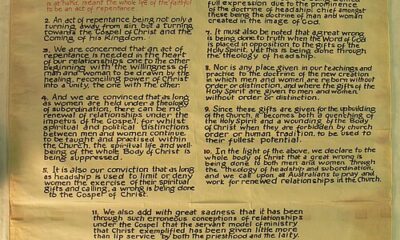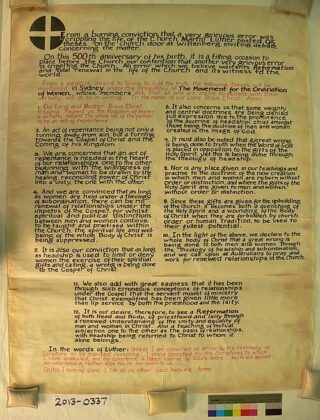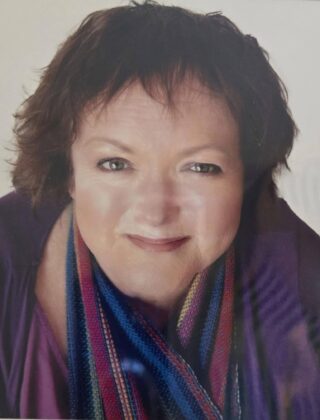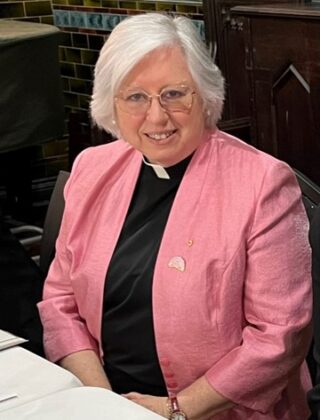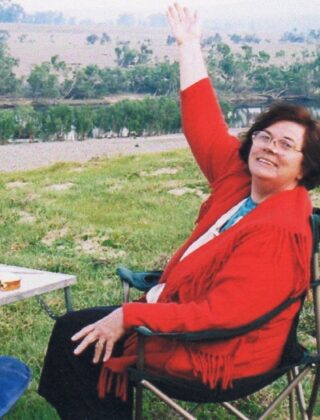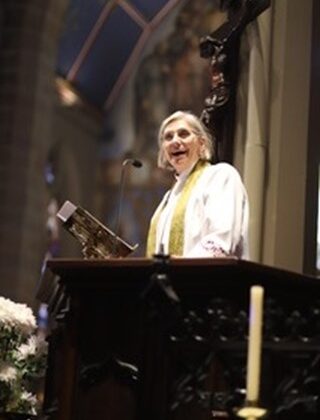20 years of women priests in the Australian Anglican church
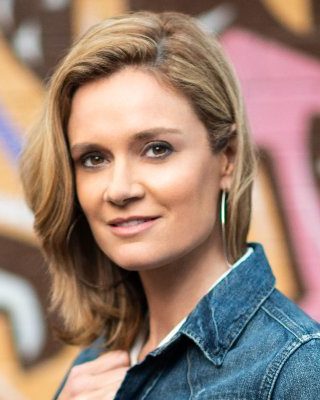
Article by Julia Baird marking 20 years of women priests in the Australian Anglican church.
Julia Baird argues in the Sydney Morning Herald (30/11/2012) today that “two thousand years ago, the Christian church was radical in a culture of patriarchy. Now, in Sydney, it is a reactionary in a culture of equality.” Her piece documents a recent motion at Sydney Synod by Professor Bernard Stewart and Reverend Philip Bradford to note the 20th anniversary of women’s ordination to the priesthood – a motion that was amended by Synod to erase any mention of ordination and simply give thanks for women’s ministry.
Going Backwards into the Future
Very few women actually live today as the Bible instructed them to; the Amish might be rare exceptions. Take short hair, for example; how are women getting away with sporting pixie dos today when 1 Corinthians 11 says: ”Does not the very nature of things teach you that if a man has long hair, it is a disgrace to him, but that if a woman has long hair, it is her glory?”
When author Rachel Held Evans decided to spend a year living strictly ”as a biblical woman” she found herself, among other things, obliged to grow her hair, wear scarves on her head, refer to her husband as master, rise before dawn, camp in the front yard when she had her period, submit to her husband and refrain from speaking about the Bible when men were present.
Illustration: Simon Bosch
Illustration: Simon Bosch
A year later, she had gained six kilos, developed a fondness for unleavened bread, confused neighbours by carrying banners about her amused husband which read ”Dan is AWESOME” – and decided those who wanted women to stop preaching to men had not properly understood the Bible.
You might ask: if women in Sydney Anglican churches are not allowed to teach, preach or say intelligent things in front of men, why aren’t they covering their heads? Why do some wear pearls, when this is forbidden? Why not call their husbands their lords and masters, as per 1 Peter 3:6? Why be so selective, and only tell them to be quiet?
But the greater, more sobering question is this: how is it that in 2012, with most of the rest of the world ordaining women as priests, Sydney has continued to hold out – failing to recognise the Bible was written 2000 years ago and should be read and understood in context?
Exactly 20 years ago, the Australian Anglican Church voted to allow each diocese to decide on the matter of women priests. That year, 92 women were ordained. Now one in four active clergy in the church are female. Twenty of the 23 dioceses have women priests. The church has not exploded and the sky is intact.
Next Sunday in Melbourne, a service will be held to honour those women. In Sydney, the 20th anniversary will pass like a great uncle’s flatulence at a Christmas lunch; politely ignored. Here, people still try to pretend it actually never happened; that outside Sydney women regularly preach, teach, and wear clerical collars.
A few weeks ago in Sydney synod, Professor Bernard Stewart and Reverend Philip Bradford put this simple motion up: ”Synod notes the 20th anniversary of the ordination of women to the priesthood in the Anglican Church of Australia and gives thanks for the ministry of women in all areas of the church’s life.”
Incendiary! Dr Claire Smith instantly moved to amend it by deleting all words after ”synod” and adding ”gives thanks to Almighty God for the ministry of women in the church’s life.” The amendment was upheld, and the synod members were reminded not to mention the horrible idea of women priests again.
This is what passes for debate about women in Sydney today. Archbishop Peter Jensen has achieved a goal he reportedly spoke of privately at the beginning of his tenure: he would stamp out support for women preaching and leading in the diocese. Twenty years ago, not allowing women to preach in front of men was a minority position. Today, it is widespread.
This is documented in a new book out on the Movement for the Ordination of Women (MOW), Preachers, Prophets and Heretics: Anglican Women’s Ministry, edited by Elaine Lindsay and Janet Scarfe. In it, Stuart Piggin, director of the Centre for the Study of Christian Thought and Experience at Macquarie University, details a meeting between MOW and Archbishop Jensen on April 10, 2002. One woman pointed out to the archbishop that in the last vote on women priests, clergy solidly opposed it but the laity split down the middle. He answered: ”I agree but I am going to work very hard to change that.”
Since then, most ministers in favour of women’s ordination have left, been sidelined or given up. The silencing of women in Sydney has been almost complete. Many have walked. The last serious debate in synod was in 1996; there are few left who are able to speak out.
Archbishop Jensen is due to retire next year. How long will it take before a new generation challenges official, archaic doctrines of not allowing women to preach to men, and emphasising female submission? (Men are also told in the Bible to submit to their wives, but this is rarely pointed out. The Christian model of relationships should be mutual service, not hierarchy.) There is a far stronger case in the Bible for the full expression of women’s gifts than the exclusion of them.
The recent decision in Britain not to allow women bishops was potentially damaging for the Church of England’s hold on political power. How long do we accept, commentators asked, that the only bishops in the House of Lords will be male? How long do we accept the exclusion of women from the church structure on thin theological grounds, long rejected by most Anglicans? The question will, at some point, ricochet back here; the Anglican Church remains exempt from anti-discrimination laws in a country governed by a woman they would refuse to allow into their own priestly ranks. You can only wonder how girls are meant to reconcile the fact that they are taught to speak their minds at school, and to be silent in church.
Two thousand years ago, the Christian church was radical in a culture of patriarchy. Now, in Sydney, it is a reactionary in a culture of equality.
What has become farcical is that opposition to women having speaking and leading roles in the church is no longer a matter of theology, but geography. To see a woman preach, all you have to do is get in your car and drive to the next diocese. You could pop into the hairdresser for a trim on the way.


